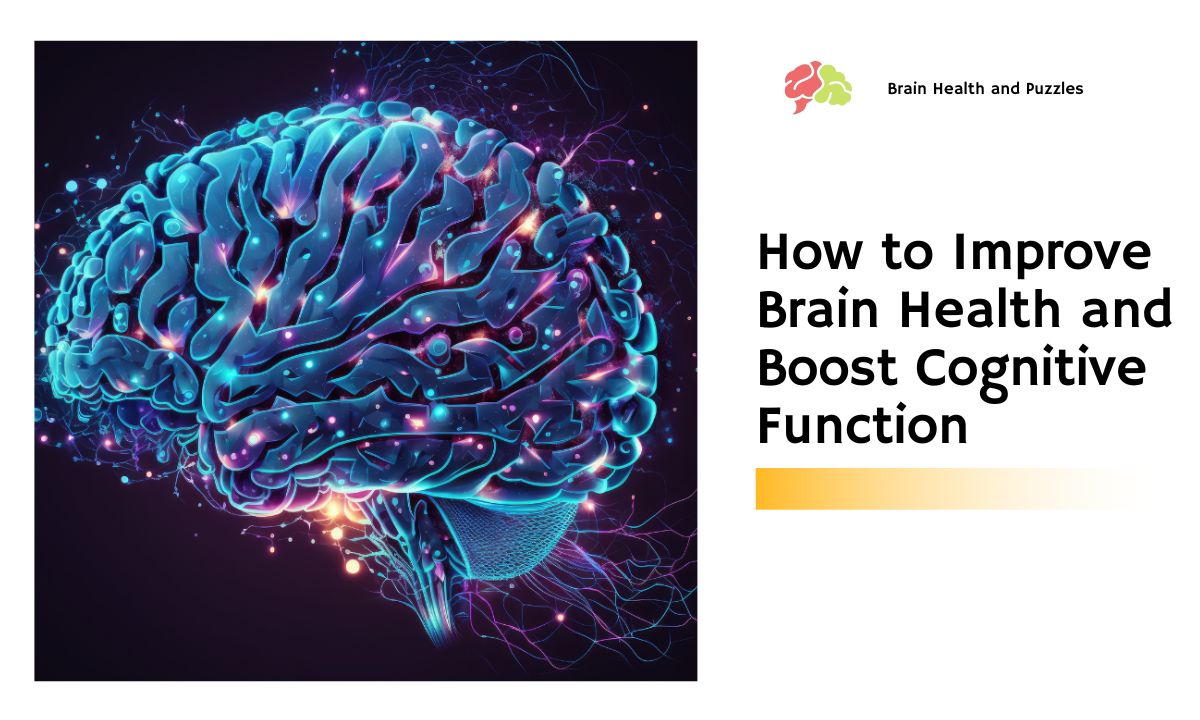Brain Disease – An Overview

There are a number of different diseases that can affect the brain. In this article, we’ll highlight some of the more common acquired disorders rather than ones that are genetically based. We’ll leave those for another article.
The first one is Acute Disseminated Encephalomyelitis ADEM. This disease is characterized by an inflammation of the brain and spinal cord. This disease can damage the myelin in the brain which is the protective sheath that coats nerve fibers. ADEM is usually seen following some sort of viral infection. There have been some rarer cases in which ADEM occurred as a result of vaccination for measles, mumps, or rubella.
Some of the symptoms of ADEM are fever, fatigue, headache, nausea, vomiting, and in severe cases, seizures and coma. ADEM can also damage the white matter in our brain which can result in a visual loss in one or both eyes, weakness even to the point of paralysis, and difficulty coordinating voluntary muscle movements. Treatment for ADEM usually includes anti-inflammatory drugs.
Cerebral Atrophy
 Another disorder that can occur in the brain is called Cerebral Atrophy. This basically means a loss of brain cells or tissue. You can imagine the type of havoc this condition can wreak on one’s functions. This disorder is associated with many other brain diseases.
Another disorder that can occur in the brain is called Cerebral Atrophy. This basically means a loss of brain cells or tissue. You can imagine the type of havoc this condition can wreak on one’s functions. This disorder is associated with many other brain diseases.
Some of the conditions that can cause this are strokes and traumatic brain injury, Alzheimer’s disease, Pick’s disease, senile dementia, frontotemporal dementia, vascular dementia, cerebral palsy, Huntington’s disease, leukodystrophies, such as Krabbe disease, mitochondrial encephalomyopathies, such as Kearns-Sayre syndrome, multiple sclerosis, infectious diseases, such as encephalitis, neurosyphilis, and AIDS, and epilepsy.
Some of the symptoms associated with brain cell loss are dementia, seizures, and aphasias, which are a group of disorders characterized by disturbances in speaking and understanding language.
Encephalopathy
A similar disorder than can occur in the brain is called encephalopathy. This refers to a wide range of conditions that alter brain function and/or structure. Most of the time encephalopathy is caused by infectious agents such as bacteria or viruses.
However, encephalopathy can arise following disorders such as a brain tumor or increased pressure in the skull, prolonged exposure to toxic elements, chronic progressive trauma, poor nutrition, and lack of oxygen or blood flow to the brain.
The main symptom of encephalopathy is an altered mental state. This can manifest as a progressive loss of memory and cognitive ability, subtle personality changes, inability to concentrate, lethargy, and progressive loss of consciousness. Treatment depends on the type and severity of the encephalopathy.
CJD or BSE/Mad Cow
A disease that has made headlines in the past few years is Mad Cow’s disease. The actual name for this brain disease, in cows, is Bovine Spongiform Encephalopathy or BSE. This is a neurodegenerative disease and is fatal. The form that attacks humans is called Creutzfeldt-Jakob Disease, vCJD or nvCJD.
Although how it forms and is transmitted is not completely understood, we do know that eating infected food can spread the disease. When active, this brain disease causes a spongy degeneration of the brain and spinal cord. Symptoms may be very difficult to detect since BSE/CJD can have a long incubation period of about 4 years. In 2007, it killed 165 people and there is still no successful treatment of BSE/CJD.
Brain Tumors
Brain tumors are another disorder that can affect the brain. Although these do not necessarily brain disease that is acquired, there are a number of risk factors such as lifestyle choices that contribute to it, like smoking tobacco. There are two general types of brain tumors. Primary brain tumors start in the brain and do not spread in the body. Secondary brain tumors occur when cancer that starts in another part of the body spreads to the brain.
Brain tumors are uncontrolled growths that interfere with the normal function of the surrounding tissue. Symptoms include headache, pain, seizures, and more. For a fuller list of brain tumor symptoms check here. Treatment options depending on the case usually are surgery, chemotherapy, radiation, or a combination of these treatments.



